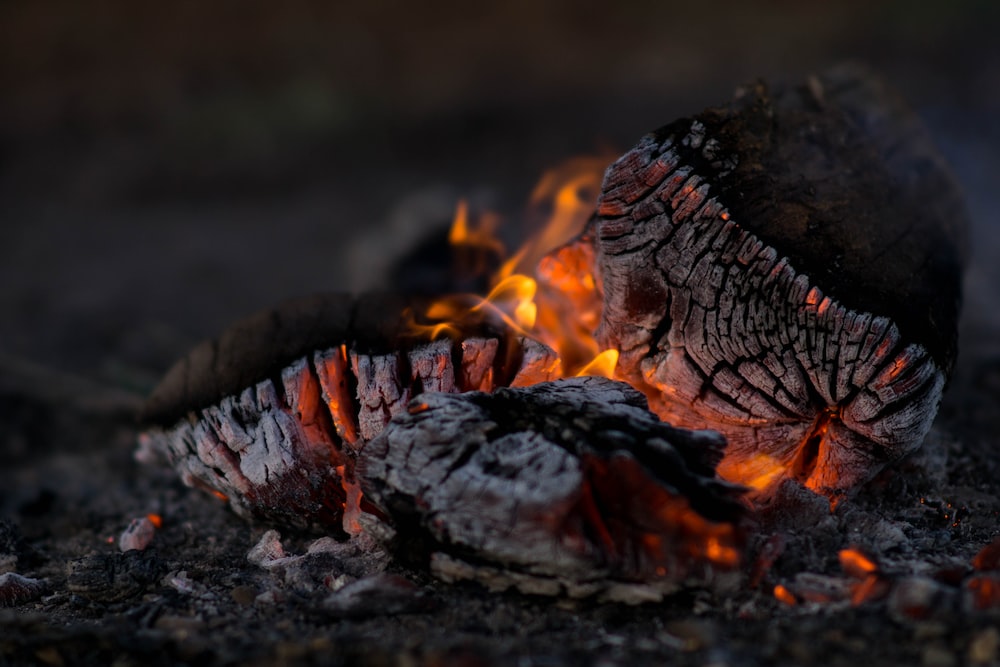Choosing suitable firewood is crucial for ensuring a warm and cozy fire that efficiently heats your home or provides a pleasant ambiance during outdoor gatherings. But what is the best firewood? Well, it depends on the desired heat output, burn time, and even the safety of your fireplace or wood burning stove. In this blog, we will explore the best types of firewood for burning, considering essential criteria such as energy content, burn efficiency, and overall quality.
By understanding the characteristics of different firewood types, you can make informed decisions and know which hardwood varieties maximize your fire’s warmth and longevity, for example. So, let’s delve into the world and discover the best firewood to burn, depending on your needs and wants.
Crackling Flames: Understanding Firewood Properties
Firewood properties play a significant role in determining your fire’s burning efficiency. Two crucial properties to consider are moisture content and density.
Moisture content is the amount of water present in the firewood. Wet wood is the worst firewood to burn, as it contains a high moisture content, making it challenging to burn efficiently.
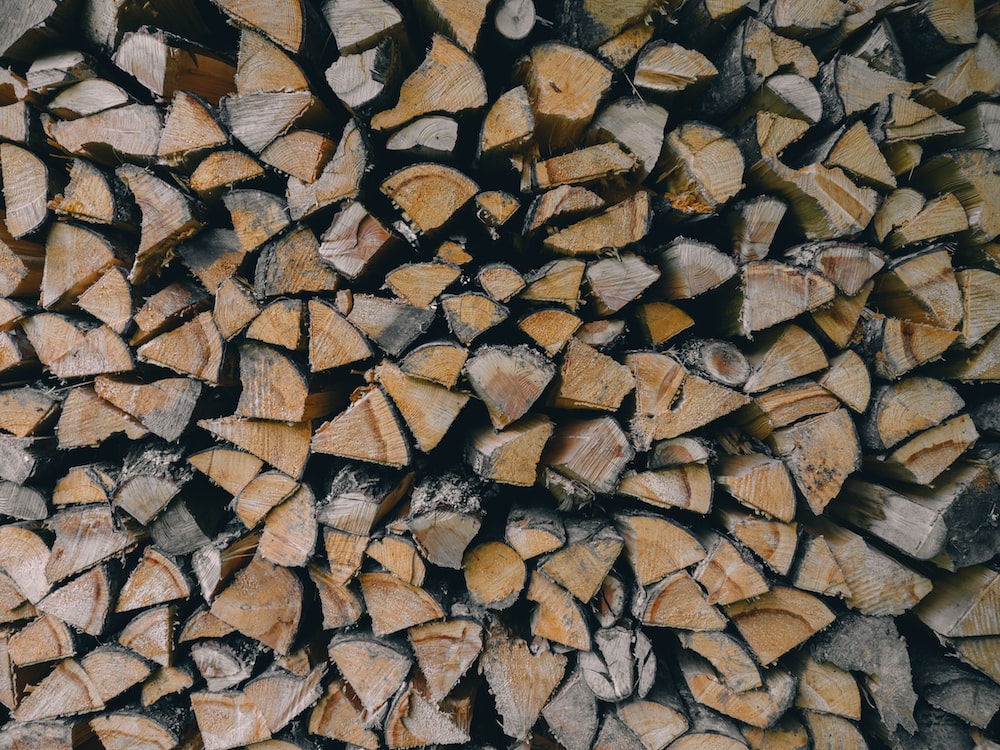
When you burn damp firewood, much energy is wasted in evaporating the water instead of producing heat. It also leads to excessive smoke, increased chimney buildup, and a lackluster fire. Therefore, excellent burning firewood with the lowest moisture content, typically around 20% or less, is essential as it burns more efficiently.
Density, on the other hand, refers to the weight and compactness of the firewood. Denser firewood, such as hardwood, tends to burn longer and has a sound heat output, better than less dense softwood.
The denser the firewood, the more energy it contains, resulting in a more sustained and intense fire. This is because denser firewood releases heat slower, allowing for a longer burn time.
Choosing firewood with low moisture content and higher density can ensure a more efficient and heat-generating fire.
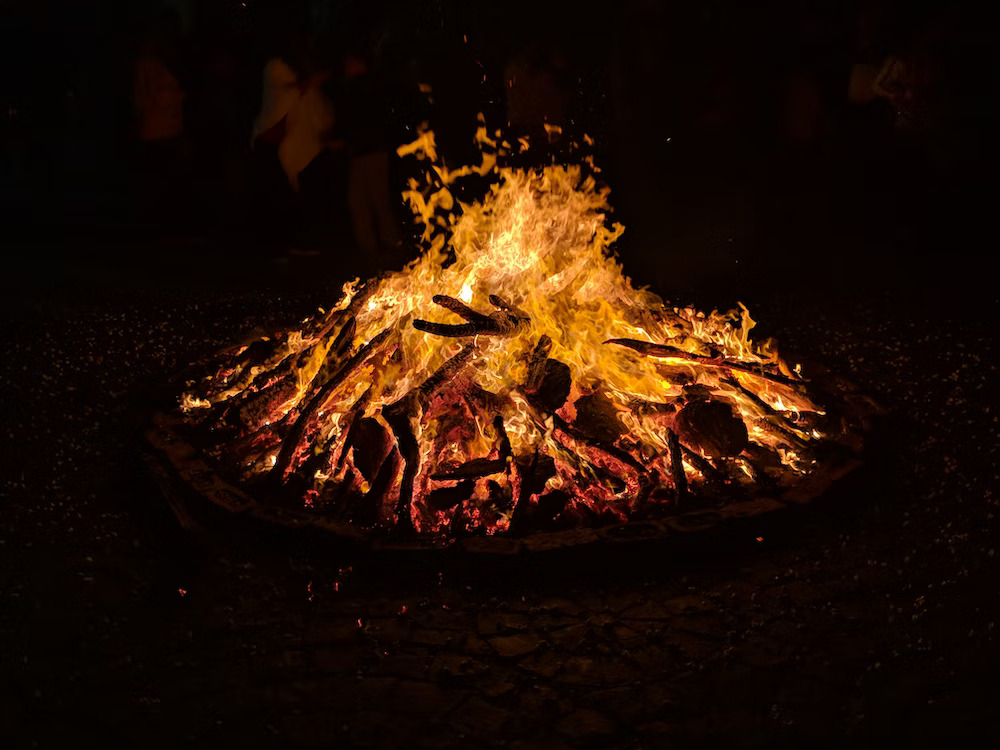
Hardwood vs. Softwood: Which is better for burning wood?
Regarding firewood, there are two main categories: hardwood and softwood. Understanding the differences between these types and knowing wood burning tips for each can help you make an informed choice for your burning needs.
Hardwood and softwood refer to the classification of trees based on their botanical characteristics rather than the actual hardness or softness of the wood. Hardwood trees, such as oak, maple, and ash, come from deciduous trees that shed their leaves in the fall. Conversely, softwood originates from coniferous trees like pine and spruce, which typically retain their needles year-round.
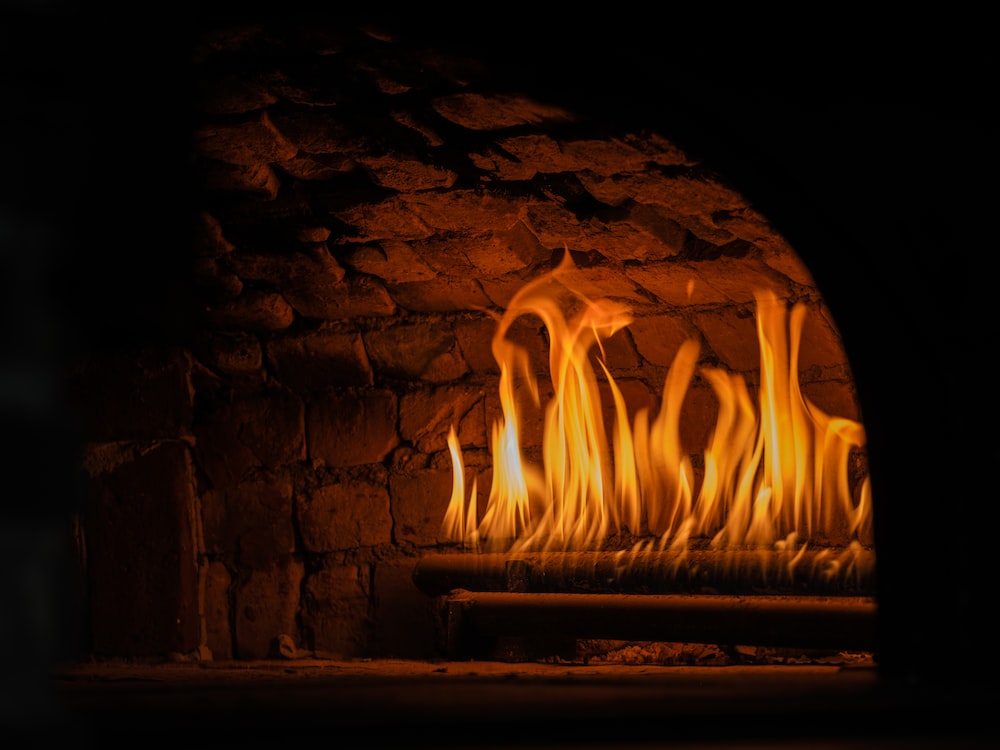
Characteristics and Advantages of Hardwood:
Hardwood possesses several qualities that make it an excellent choice for burning. It is denser and heavier than softwood, resulting in a longer burn time and higher heat output. Due to its density, hardwood also tends to produce less smoke and spark compared to softwood. Furthermore, hardwood typically burns more consistently, providing steady and even heat throughout the fire. Popular hardwood choices like oak, maple, and ash are known for their excellent heat-generating properties, making them ideal for heating larger spaces or longer burning sessions.
Characteristics and Advantages of Softwood:
While softwood may not have the same density as hardwood, it still offers several advantages for burning.
Softwood ignites more easily, making it an excellent option for quickly starting fires. It also produces a vibrant and crackling flame, creating a cozy atmosphere. Softwood tends to be more readily available and less expensive than hardwood, making it a popular choice for everyday use or shorter burning periods. Additionally, softwood can be a good option for outdoor fires, such as campfires, due to its ease of ignition and a pleasant aroma.
Understanding the characteristics and advantages of hardwood and softwood allows you to choose the most suitable firewood for your specific burning requirements. Whether you prioritize long burn times and high heat output (hardwood) or quick ignition and vibrant flames (softwood), selecting the correct type of firewood will enhance your overall burning experience.
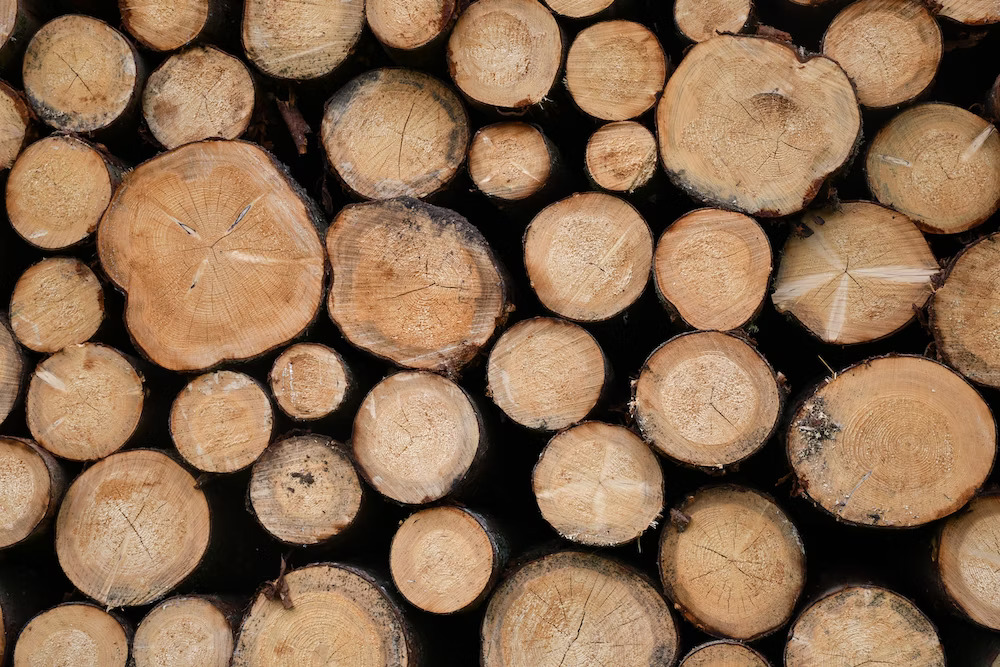
Top Firewood Picks: Best for Burning
Several options stand out for their exceptional burning qualities when determining the best firewood. Let’s explore some of these top contenders:
Oak:
Oak wood is dense and heavy, providing a slow and steady burn in the wood stove that generates substantial heat. Oak also produces long-lasting coals, which translates into a clean burn, making it excellent firewood if the goal is to create little smoke and maintain consistent fire throughout the night.
Additionally, oak firewood produces minimal smoke and sparks, making it a popular choice for wood burning, especially for indoor heating, like in a wood burning stove or for fireplace use. Its high energy content and reliable burn make oak the best firewood for those seeking reliable warmth and efficiency.
Maple:
Maple is another excellent choice for burning wood. It offers a combination of desirable burning characteristics. Maple firewood is known for its moderate density, balancing burn time, and high heat values. It ignites quickly, produces fire, and burns consistently, making it suitable for starting and sustaining fires and qualifying it among the top competitors in the best firewood category.
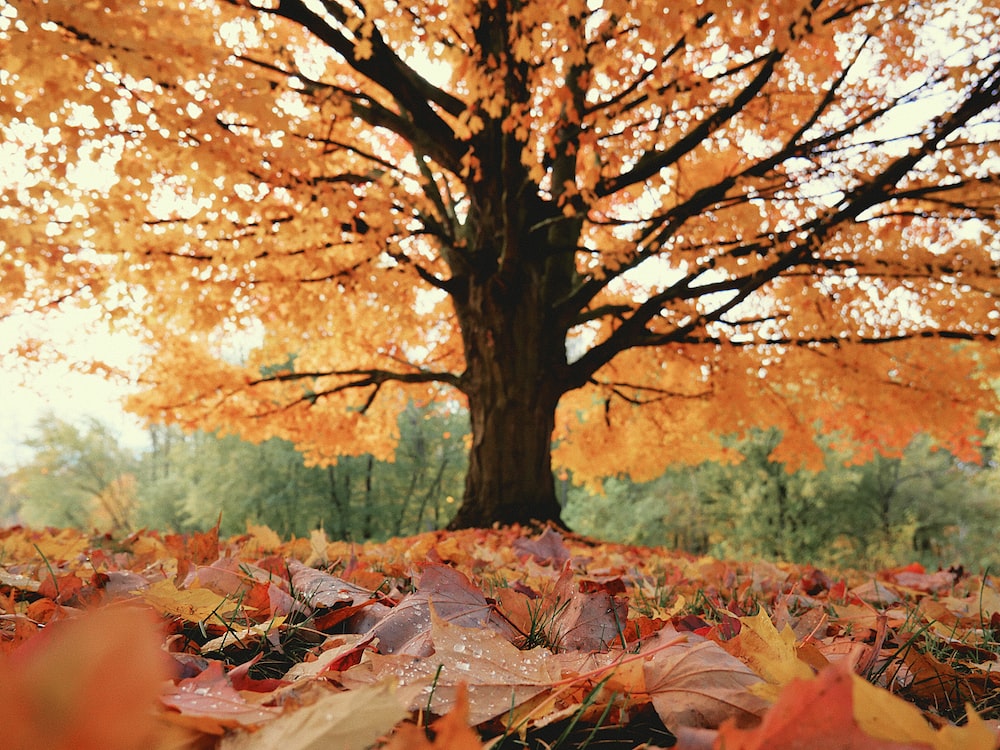
Birch:
Birch ignites quickly, and its wood burns cleanly, producing minimal residue. This makes it one of the best firewood options for people with an indoor wood stove or fireplace, as it minimizes the risk of creosote buildup. Birch firewood is worth considering if you prioritize efficient burning, minimal smoke, and an aesthetically pleasing fire.
Ash:
Ash firewood is highly regarded for its exceptional qualities. It is dense and burns slowly, providing a long-lasting fire and substantial heat output. Ash firewood ranks low in the moisture meter, allowing for efficient burning in wood burning stoves with minimal smoke and sparks. Its smooth bark and easy-to-split nature make it a convenient option for those who need to process firewood themselves.
Pine:
Pine wood produces a resin that, unlike other dense hardwoods, lets it catch fire quickly in the stove or fireplace, making it an excellent choice for starting fires or kindling, one of its critical advantages.
Pine firewood also produces a vibrant flame with a pleasant aroma when adequately dried, creating a sound heat output and an inviting atmosphere.
Burning pine is an excellent choice for an open fire, such as a campfire or bonfire, where its quick-burning nature and crackling flames add to the overall ambiance.

Firewood’s Footprint: Environmental Considerations
When choosing good firewood, it’s essential to consider the environmental impact. Opting for sustainable and eco-friendly options to send to the wood burner can minimize the adverse effects on our environment. Here are some critical ecological considerations to keep in mind:
Firstly, avoiding using wood from endangered or protected tree species is crucial. Some trees take years or even decades to grow, and overharvesting them can disrupt ecosystems and biodiversity. Instead of tossing these into the wood burner, choose firewood sourced from abundant and responsibly managed forests.
Secondly, the transportation of firewood can also have environmental implications. Select locally sourced wood products whenever possible. This reduces carbon emissions associated with long-distance transport and supports local economies. Additionally, local firewood minimizes the risk of introducing non-native pests or diseases to new areas.
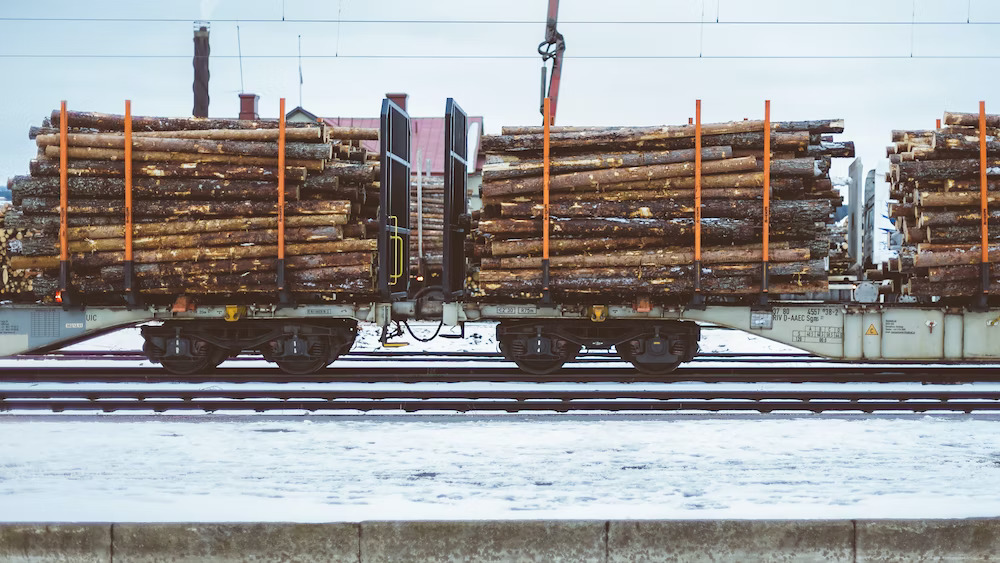
Another sustainable option is to use reclaimed or recycled wood for burning. This can include old pallets, construction waste, or fallen branches. By repurposing wood that would otherwise go to waste, you reduce the demand for new firewood and lessen the strain on natural resources.
Choosing sustainable firewood and supporting responsible sourcing practices contribute to forest conservation, promoting biodiversity, and reducing carbon emissions.
Conclusion
In conclusion, choosing the best types of firewood for burning involves considering various factors that impact efficiency, heat output, and environmental sustainability. By understanding the significance of firewood properties, such as moisture content and density, we can optimize burning efficiency and more heat generation while minimizing waste.
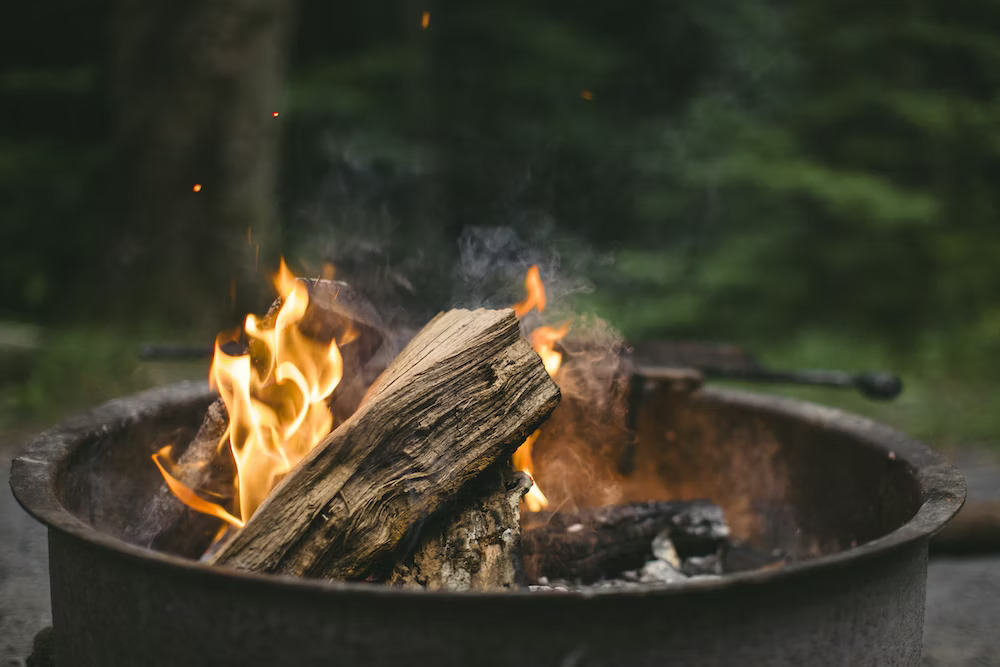
However, beyond performance, we must also consider the environmental impact. Responsible sourcing and sustainable options play a crucial role. Choosing firewood from well-managed forests and avoiding endangered tree species helps protect biodiversity and conserve natural resources. Opting for locally sourced or reclaimed wood reduces carbon emissions from transportation and minimizes waste.
By combining performance, sustainability, and environmental considerations, we can choose the best firewood to burn. Prioritize efficiency, more heat, and responsible sourcing to enjoy cozy fires while contributing to a greener future. We can create warm and inviting environments while treading lightly on the planet with careful selection.

